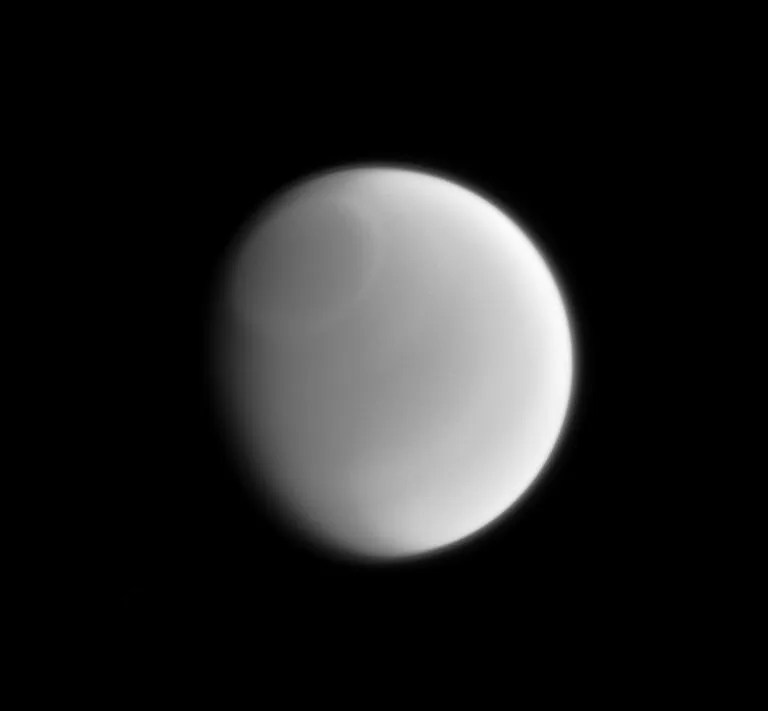1 min read

On July 20, Cassini conducted a flyby of Titan using the spacecraft’s Ultraviolet Imaging Spectrograph (UVIS) instrument; the flyby was one of the two most scientifically important flybys for the UVIS team. UVIS, a box of four telescopes that can see ultraviolet light, uses these measurements to detect key chemical elements and compounds in the atmosphere. This flyby -- a so-called “10 pointer” -- was exceptional for two reasons: a) the sun was occulted (blocked) at the same altitude the Composite Infrared Spectrometer (CIRS) instrument was performing a limb sounding observation, offering two independent ways of assessing the atmospheric structure at roughly the same time, and b) a star was also occulted -- but very slowly -- providing a much better signal to noise ratio and higher resolution than most stellar occultations.
When the CIRS observations and UVIS measurements are combined, scientists can receive complimentary information on conditions such as temperature and density in parts of Titan’s atmosphere, and cross-check the results from each experiment.
Date
July 20, 2014
Altitude
5,103 miles (3,171 km)
Speed
13,000 mph (5.6 km/sec)







